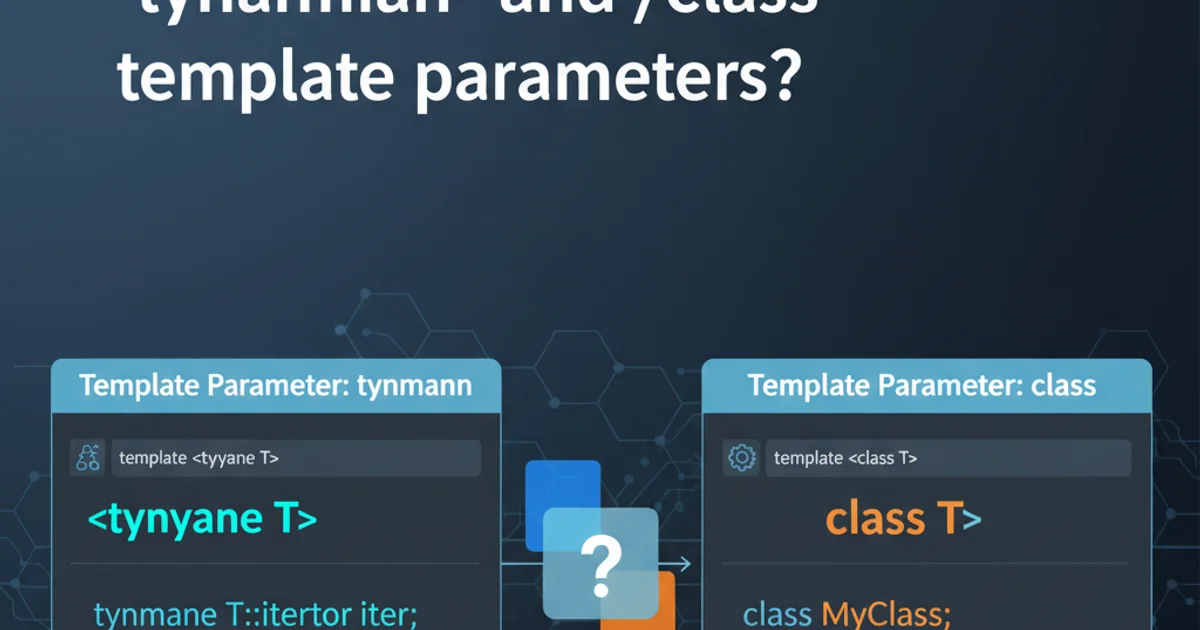How do I create a branch?
Categories:
Mastering SVN Branching: A Comprehensive Guide

Learn the fundamentals of creating and managing branches in Subversion (SVN) for effective version control and parallel development.
Branching is a core concept in version control systems like Subversion (SVN) that allows developers to diverge from the main line of development and work on features, bug fixes, or experiments in isolation. This isolation prevents changes from affecting the stable codebase until they are ready to be integrated. This article will guide you through the process of creating branches in SVN, explaining the underlying principles and best practices.
Understanding SVN Branching Concepts
In SVN, a branch is essentially a copy of your project's codebase at a specific point in time. Unlike some other version control systems, SVN branches are not separate repositories; they are typically created as directories within your existing repository, often under a dedicated /branches directory. This structure helps maintain a clear organization of your project's history.
When you create a branch, SVN performs a 'cheap copy' operation. This means it doesn't duplicate all the files on the server; instead, it creates a new entry in the repository's history that points to the original files. This makes branching a very fast and efficient operation, regardless of the size of your project.
flowchart TD
A[Trunk/Mainline] --> B{Create Branch}
B --> C[Branch A (Feature Dev)]
B --> D[Branch B (Bug Fix)]
C --> E[Develop Feature]
D --> F[Fix Bug]
E --> G{Merge to Trunk}
F --> H{Merge to Trunk}
G --> A
H --> ABasic SVN Branching Workflow
Standard Repository Layout
Before creating a branch, it's crucial to understand the standard SVN repository layout. A typical SVN repository follows a convention that includes three top-level directories:
trunk: This is where the main development line resides. It represents the most stable and current version of your project.branches: This directory holds all your development branches. Each branch usually has its own subdirectory (e.g.,/branches/feature-x,/branches/bugfix-123).tags: This directory is used for creating immutable snapshots of your code, typically for releases. Tags are also 'cheap copies' but are intended to be read-only.
trunk, branches, tags layout is highly recommended. It improves clarity, simplifies merging, and is expected by many SVN tools and practices.Creating a Branch from the Command Line
The most common way to create a branch in SVN is using the svn copy command. This command is versatile and can be used to copy files or directories within the repository, including creating branches. When creating a branch, you'll typically copy from trunk to a new location under branches.
1. Navigate to your working copy (optional but recommended)
While you can create a branch directly on the repository URL, it's often clearer to do it from within a checked-out working copy. This ensures you're branching from a known state.
2. Update your working copy
Before branching, ensure your working copy is up-to-date with the latest changes from the trunk to avoid branching from an outdated version.
3. Execute the svn copy command
Use the svn copy command to create the branch. You'll specify the source (usually ^/trunk for the repository's trunk) and the destination (e.g., ^/branches/my-new-feature). The ^/ syntax refers to the root of the repository.
4. Commit the branch creation
The svn copy command, when used with repository URLs, performs an immediate commit. If you're copying from a local working copy path to a repository URL, you'll need to commit your working copy afterwards.
# 1. Update your working copy (if you have one)
svn update
# 2. Create the branch directly on the repository
# This copies the current HEAD of trunk to the new branch
svn copy ^/trunk ^/branches/my-new-feature -m "Creating branch for my-new-feature"
# Alternatively, to branch from a specific revision:
# svn copy ^/trunk@123 ^/branches/my-new-feature -m "Creating branch for my-new-feature from r123"
# 3. Check out the new branch to start working on it
svn checkout ^/branches/my-new-feature my-new-feature-working-copy
Creating an SVN branch from the command line
-m flag is crucial for providing a meaningful commit message, explaining the purpose of the new branch. This helps maintain a clear history.Working on Your New Branch
Once the branch is created, you'll typically check it out into a new working copy to begin development. This allows you to make changes without affecting the trunk. All your commits will be recorded on this branch until you decide to merge your changes back into the trunk or another branch.
# Check out the newly created branch
svn checkout https://your-svn-repo.com/project/branches/my-new-feature my-new-feature-wc
# Navigate into the working copy
cd my-new-feature-wc
# Make changes, add new files, etc.
# svn add new-file.txt
# svn commit -m "Implemented part of the feature"
Checking out and working on a new SVN branch